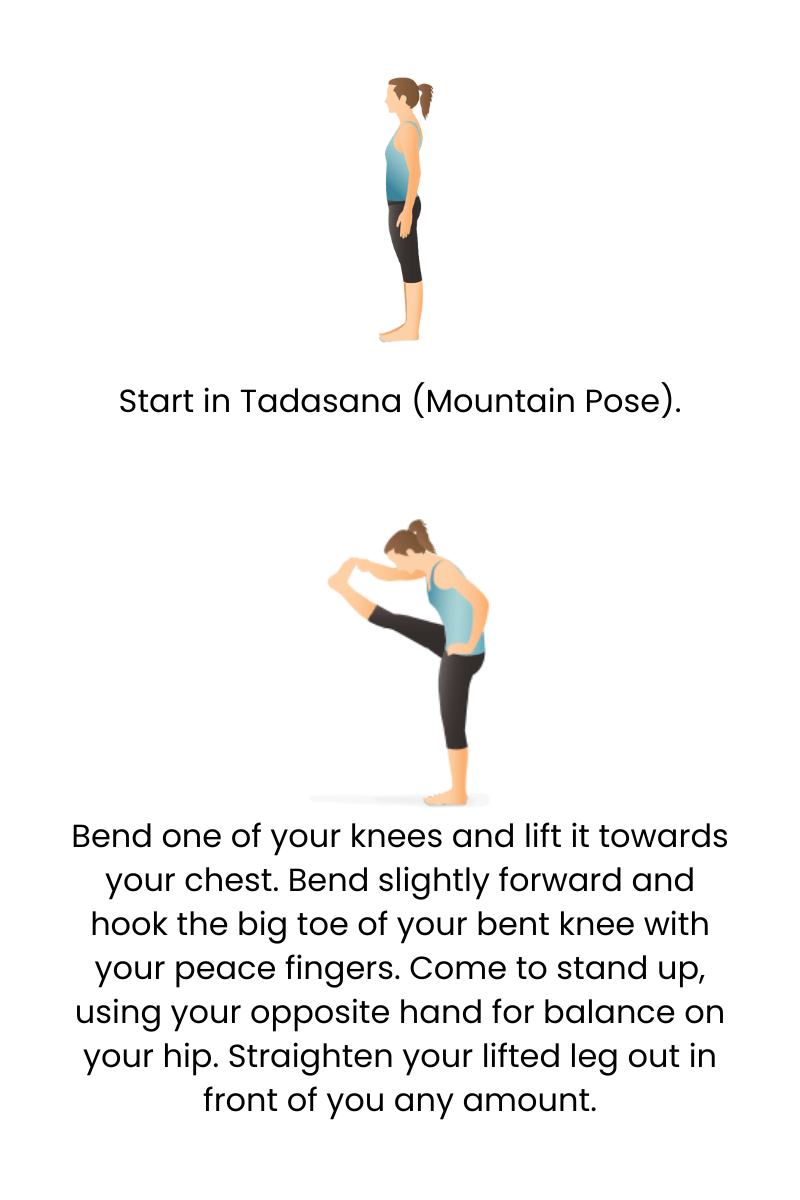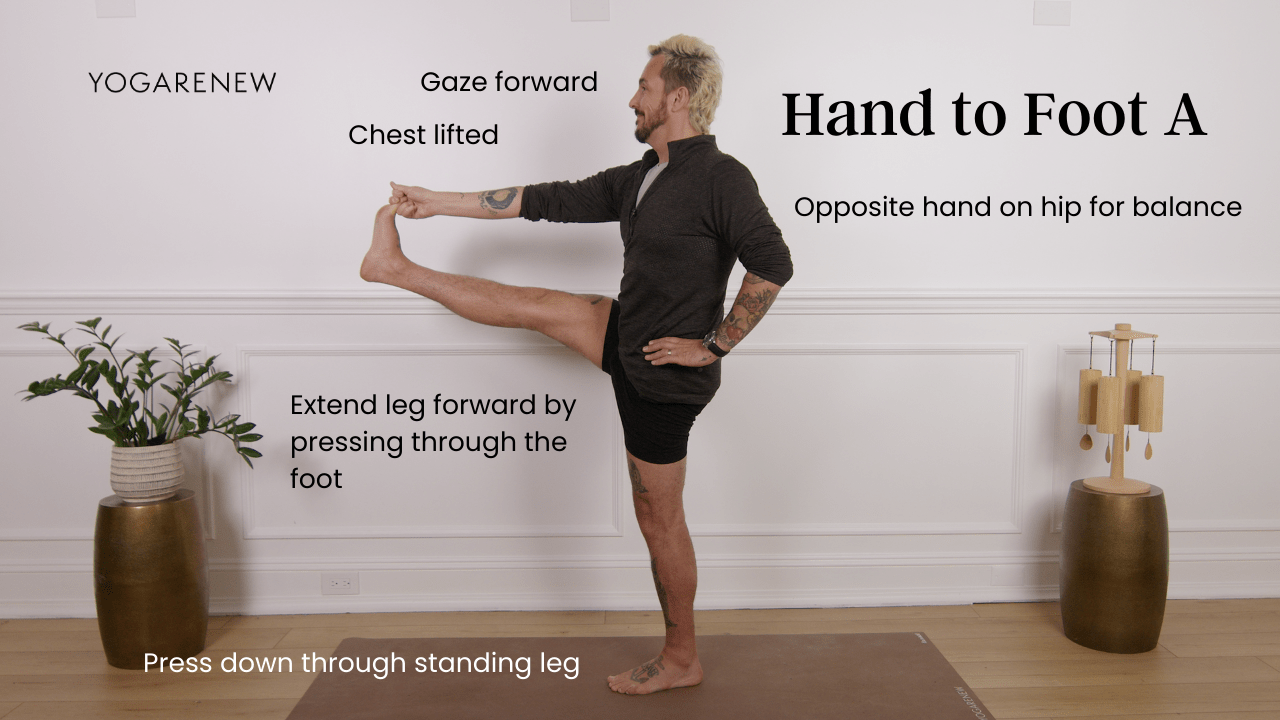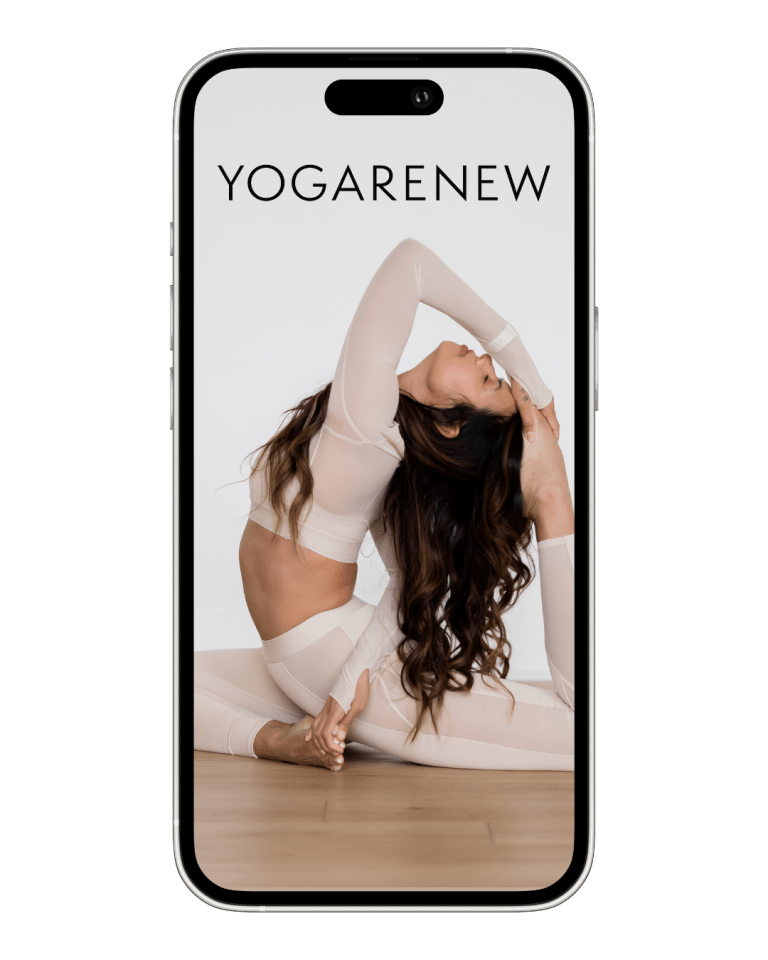What is Hand to Foot A?
English Name: Hand-to-Foot Pose
Sanskrit Name: Padangusthasana (pronounced pah-dahn-goos-TAHS-uh-nuh)
Category: Standing, Balance, Hamstring Stretch, Foundational

English Name: Hand-to-Foot Pose
Sanskrit Name: Padangusthasana (pronounced pah-dahn-goos-TAHS-uh-nuh)
Category: Standing, Balance, Hamstring Stretch, Foundational
Padangusthasana, or Hand-to-Foot Pose, is a classic standing forward fold where the yogi clasps the big toes with the fingers. Though seemingly simple, this pose offers deep lengthening through the hamstrings and calves while gently toning the core and calming the nervous system.
Often included in the early sequences of a yoga practice, Padangusthasana emphasizes breath-led movement, mindful folding, and foundational alignment. It’s accessible to beginners with props and variations, yet continues to challenge experienced practitioners to refine their form and presence.


Padangusthasana is a quiet yet powerful pose that teaches the art of conscious folding, controlled release, and patient progression. It offers a space to connect deeply with the breath and the body while gradually increasing hamstring flexibility and spinal awareness. Whether part of a flow or a standalone stretch, this pose builds both precision and softness—perfect for any level of practice.
Use a strap or bend your knees. Never force the fold—prioritize spinal length.
No—while it stretches the back body, it also strengthens the legs and engages the core.
Yes! It’s gentle enough for daily practice and great for counteracting prolonged sitting.

Explore classes & pose tutorials for any style, format, duration or experience level with a free account in the YogaRenew app. Or subscribe and gain access to workshops, live classes and more.